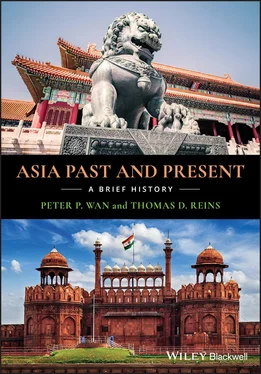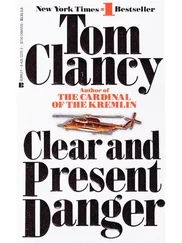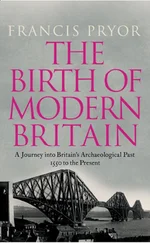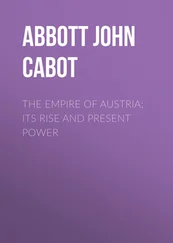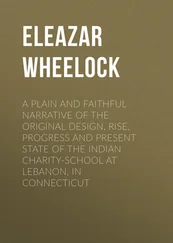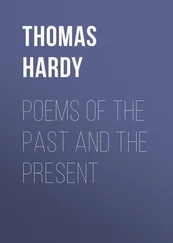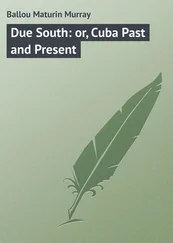2 The state ideology of Confucianism ranked merchants at the very bottom of society. The ultimate goal of a rich merchant was, rather than encouraging his sons to be more successful in his business, to instead give his sons a good education in the hope that someday they would pass the imperial examinations and enter the establishment as government officials. China’s merchant class could never develop into a revolutionary force as its Western counterparts did.
3 The abolition of primogeniture was a uniquely Chinese way to prevent wealth concentration and weaken potential threats to the throne. By demanding the equal division of an inheritance among the sons, the fortunes of a potential rival were scattered and the threat was defused.
Ming merchant Shen Wansan (1296–1376) was a good example of how vulnerable a wealthy merchant was, as he was exposed to the emperor’s arbitrary powers and unprotected by the law. Shen had accumulated his legendary wealth by doing overseas trade and expanding his landholdings. He was said to have made large gifts of gold and silver to Emperor Zhu Yuanzhang, and paid for one‐third of the cost of building the city wall of the capital Nanjing. But the paranoid and envious emperor saw him as a threat. He exiled Shen to the frontier and let him die there. Still unsatisfied, he later found excuses to imprison and execute major members of Shen’s extended family, thus bringing an end to the family commercial empire.
China under Sinicized Manchu Rule: The Early Qing Dynasty (1644–1839)
The Manchu Qing Dynasty compiled the Complete Collection of Chinese Classics, and in the course of it brought about the demise of Chinese classics.
—Wu Han, modern Chinese historian
The Manchu (the early Nüzhen) were a seminomadic people who lived along the rivers and valleys of Manchuria in northeastern China Proper. As the tribes grew in population and strength, they coalesced under one ruler and readied themselves to invade China Proper. They saw their opportunity when the Ming capital fell to Li Zicheng’s rebel army and the Ming emperor hanged himself. They launched their invasion, defeated the rebel army, captured Beijing, and declared that the Ming Dynasty had run its course and that Heaven had passed the “Mandate of Heaven” to the Manchu. They founded the Manchu Qing Dynasty.
The Manchu, like the Mongols, were a non‐Han people. But unlike the nomadic Mongols, they engaged in both stock raising and farming, and they were highly Sinicized. Structuring their government on the Ming model, the Manchu emperors ruled China in a Confucian way, as any Han Chinese emperor did. But they outdid the Ming by being more autocratic and conservative. The Manchu constitute only 2 percent of China’s population. To make up for this numerical disadvantage, they employed extreme brutality. In the early stages of their war of conquest, they carried out extended campaigns of slaughter, arson, and rape to any tenacious resistance, leaving cities and countryside desolate. Their slaughter at Yangzhou and Jiading are notorious examples. Large regions of China were left with drastically reduced populations, and the Qing government later had to relocate people from one province to another to reclaim abandoned farmland and repopulate cities.
To break the Chinese people’s sense of national identity, the Manchu conquerors ordered that every Han Chinese man must uniformly adopt the Manchu hairstyle—clean‐shaven front crown and long ponytail braid on the back of the head. The saying was: If you keep your hair, you lose your head. The new rulers of China made a vigorous and sustained effort to exert mind control to force the Chinese into total submission. A major literary project the regime undertook was the compilation of the Complete Collection of the Chinese Classics (1772–1781). Officials throughout the country were ordered to collect and submit to Beijing copies of every book for review and consideration for inclusion in the Collection . The completed Collection contained over 3500 categories in about 80,000 volumes. It took 13 years for over 360 high official‐scholars and more than 3800 scribes to complete the compilation. It was officially extolled as a great project for preserving Chinese cultural heritage, but it turned out to be the opposite. For in the process of collecting and compiling, books amounting to 150,000 copies of 13,600 volumes as well as over 10 million files of archives of the Ming Dynasty were censured and burned. Intended burning, deletion, distortion, and falsification of books and historical documents made the Collection defective. That is why Chinese historians have lamented the compilation of the Complete Collection of the Chinese Classics as an act of destroying Chinese culture.
The Qing regime was notorious for its waves of “literary inquisitions,” that is, witch‐hunts for oblique or fabricated attacks on Manchu rule expressed in the writings of poetry, literature, or history. Victims were routinely imprisoned, exiled, or executed, and their families and relatives often suffered the same punishment through “guilt by association.” Literary inquisitions had a chilling effect on the scholar‐official class and stifled free and creative thinking in a way that affected generation after generation of educated people. However, once the Manchu were firmly in control, they brought Han Chinese into the regime as junior partners to acquire broader support. This might partially explain how a tiny minority could rule over a vast empire for almost three centuries.
When the Qing Dynasty was first established, China was suffering from the aftermath of wars, rebellions, and dynastic change. The people were desperate for a peaceful environment where they could make their livelihood. Three successive emperors of the early Qing Dynasty (Kangxi, Yongzheng, and Qianlong) are credited for taking successful steps to revitalize the exhausted population and economy. Some historians see the entire period of their reigns (1661–1796) as a “Golden Age of peace and abundance.” Others refer to this period as the High Qing.
At the time, China had vast amounts of abandoned farmland. It was either land that once belonged to the royal families of the Ming who were now toppled, or that belonged to cultivators who had died in wars and massacres. The early Qing emperors offered rewards of cash and farm animals to peasants who relocated to the abandoned farmland, took up farming, and raised large families. They also encouraged the adoption of new food crops and new farming techniques. Peasants began to grow high‐yield food crops such as corn, potato, and sweet potato, which were recently introduced from South America and could grow in poor soil. In the South, peasants adopted “double cropping,” sowing and reaping rice twice a year on the same piece of land. The government helped by constructing irrigation and flood‐control projects, broadened the tax base by stripping large numbers of government officials and landed gentry of their tax exemption, and loosened the laws that tied peasants to the land. Emperor Yongzheng went as far as to lift the Exclusion Act to allow foreign trade with Southeast Asia.
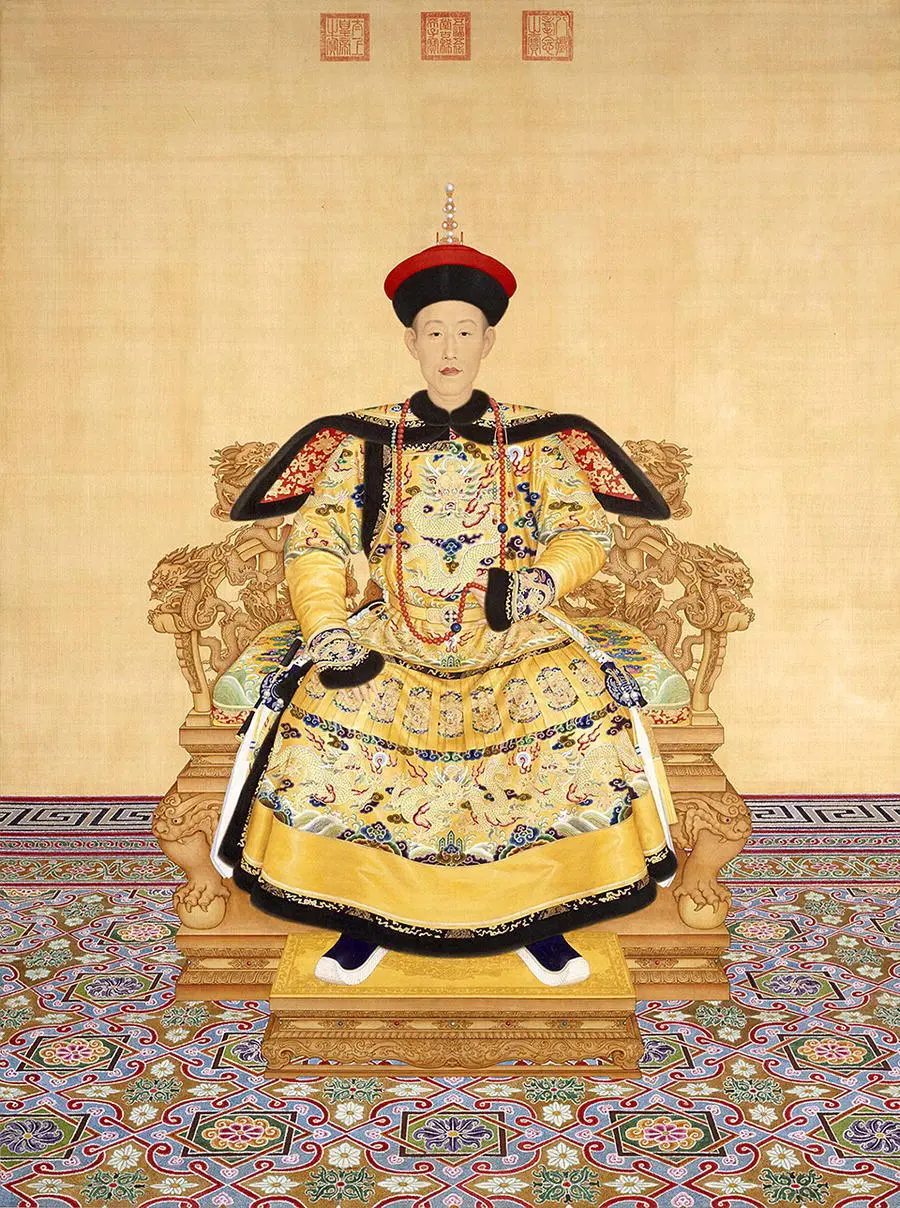
Qianlong Emperor.
Source: Láng Shìníng.
These measures improved agriculture and contributed to social stability. Back on the land, uprooted peasants were now able to make a living for themselves. Food supply became more plentiful. Tensions between the Han Chinese subjects and their Manchu masters gradually receded into the background. Also, they increased the government’s revenues. This was a period of peace, stability, and economic growth. China’s population more than doubled in the first two centuries of Qing rule, reaching 100 million, and was adequately fed by increased agricultural output. Under Manchu rule, China was the world’s largest, richest, and most populous country as the Qianlong Emperor’s reign neared its conclusion.
Читать дальше
